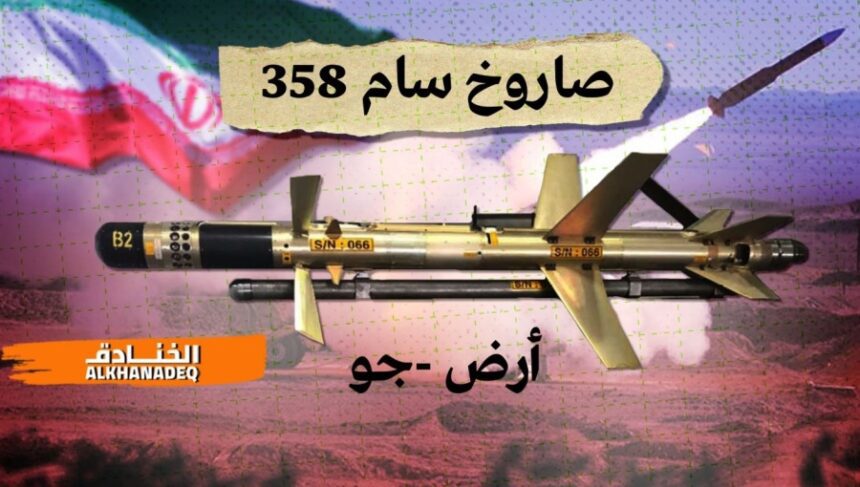Kurdish militants are knocking Turkish armed drones out of the skies with Iranian “loitering” missiles.
At least that’s the working theory suggested by regional sources for the downing of unmanned aircraft flown by Turkey into Iraq as part of Ankara’s pursuit of Kurdistan Workers’ Party (PKK) fighters.
Those sources spoke to Middle East Eye (MEE) following the end-of-May release of video footage by the PKK showing the shooting down of a Turkish armed drone, identified as an Aksungur, which is seen disintegrating as it plummets to the earth.

Expensive piece of kit: The indications are that the PKK shot down an Aksungur drone made by Turkish Aerospace Industries (Credit: CeeGee, cc-by-sa 4.0).
Three independent defence experts who analyzed the video spoke to the publication on the condition of anonymity due to the sensitivity of the subject. They said it is highly likely that the Turkish drone was shot down using an Iranian 358 loitering surface-to-air missile, also known as a “kamikaze” drone.
“This is a jet-propelled missile. It flies very slowly and, because it’s not rocket-propelled, if it misses, it tries to turn around and hit the target again,” one of the experts was quoted as saying.
The PKK, which has been conducting an insurgency against Turkey since 1984, has its main stronghold in the Qandil Mountains. These mountains are located in northern Iraq and extend into Iran.Turkish officials believe that some senior members of the PKK have survived Turkish air strikes by crossing over to Iran for safety.
Iran has denied that it ignores the activities of the PKK. However, in the complex political situation of the region, there are allegations that Tehran has been cooperating more closely with the group, which has been designated as a “terrorist” organization by Turkey, the European Union, and the United States.
In May, Turkey’s defence minister, Yasar Guler, told a Turkish newspaper that Iran was not cooperative with Ankara in its fight against the PKK.
“Unfortunately, our Iranian friends do not regard PKK terrorists in the same way as we do,” Guler said.
“We say, ‘Look, brother, the PKK is here, in that house, this is the address where they are staying,’ and after a short while, the answer comes, ‘Sir, we researched that address, there is no such person.’ Of course, this is not acceptable.”
Defence and political analysts remain unsure from where the PKK could have obtained 358s, if indeed they have the missile.
An Iraqi source close to the PKK, contacted by MEE, claimed that Iran supplied the 358 system in parts, which the PKK then assembled.
Iran-supplied 358s are known to be in the arsenals of the Houthis in Yemen, Hamas in Gaza and Hezbollah in Lebanon. Iranian proxies in Iraq may also boast the missile.
Source: bne Intellinews



